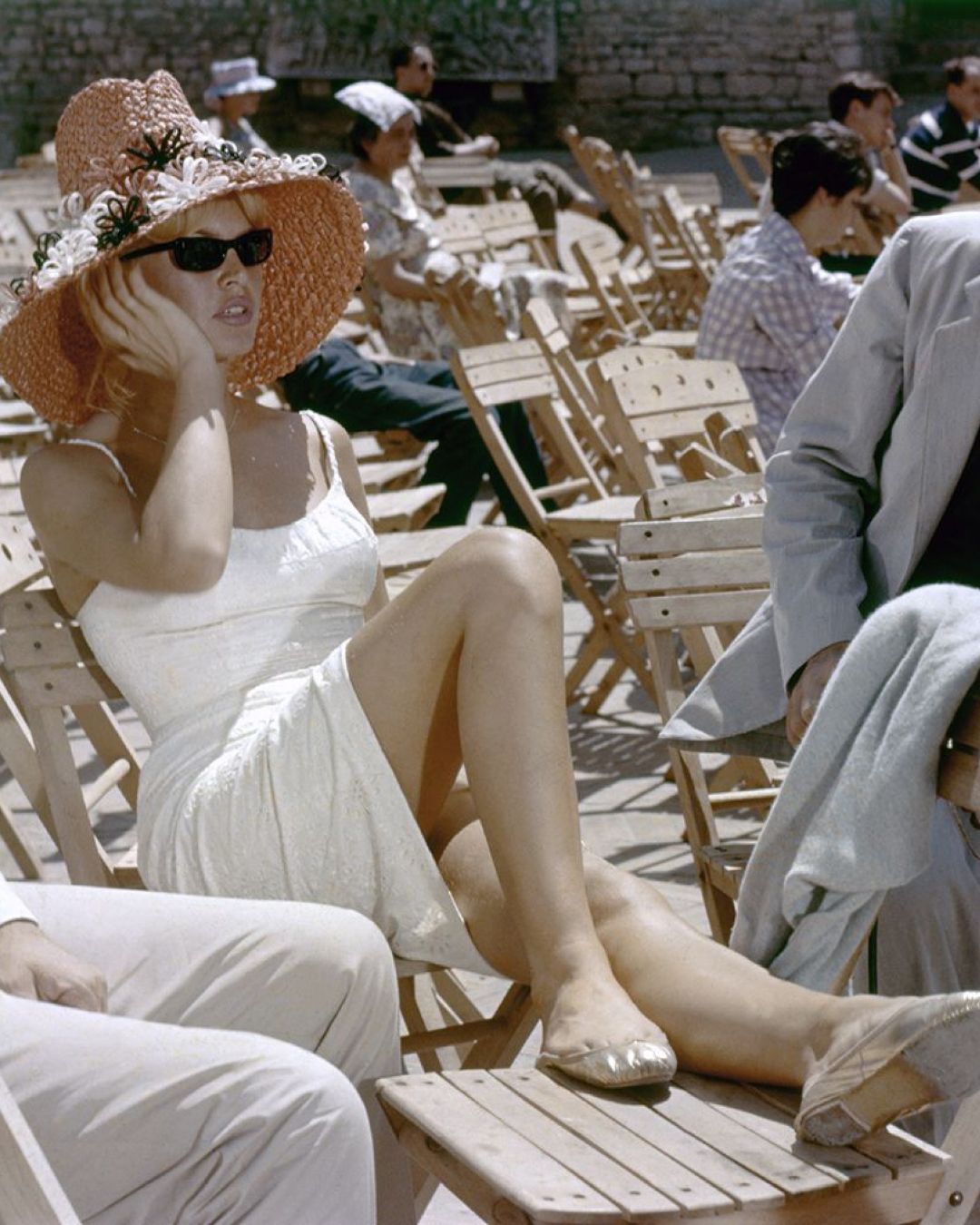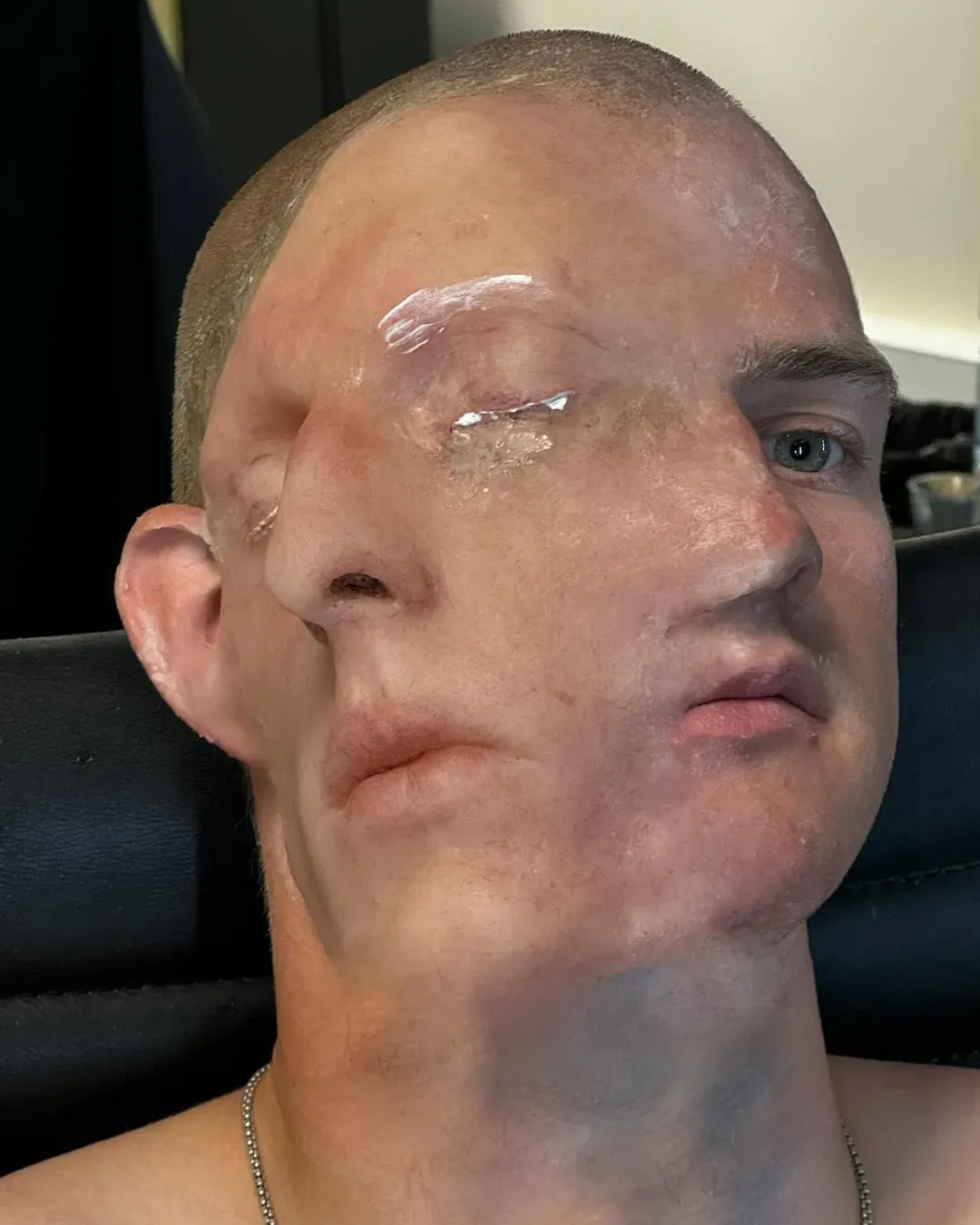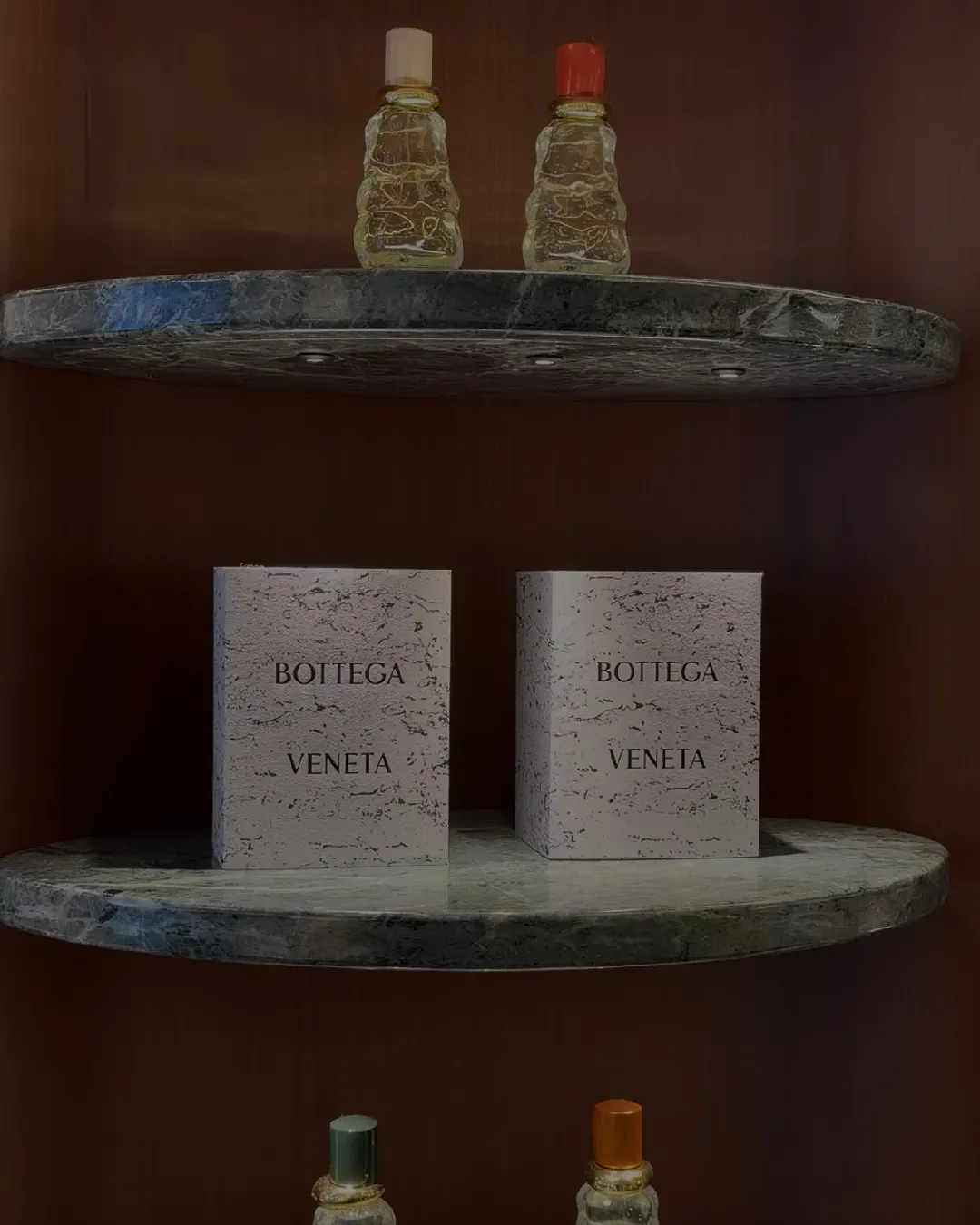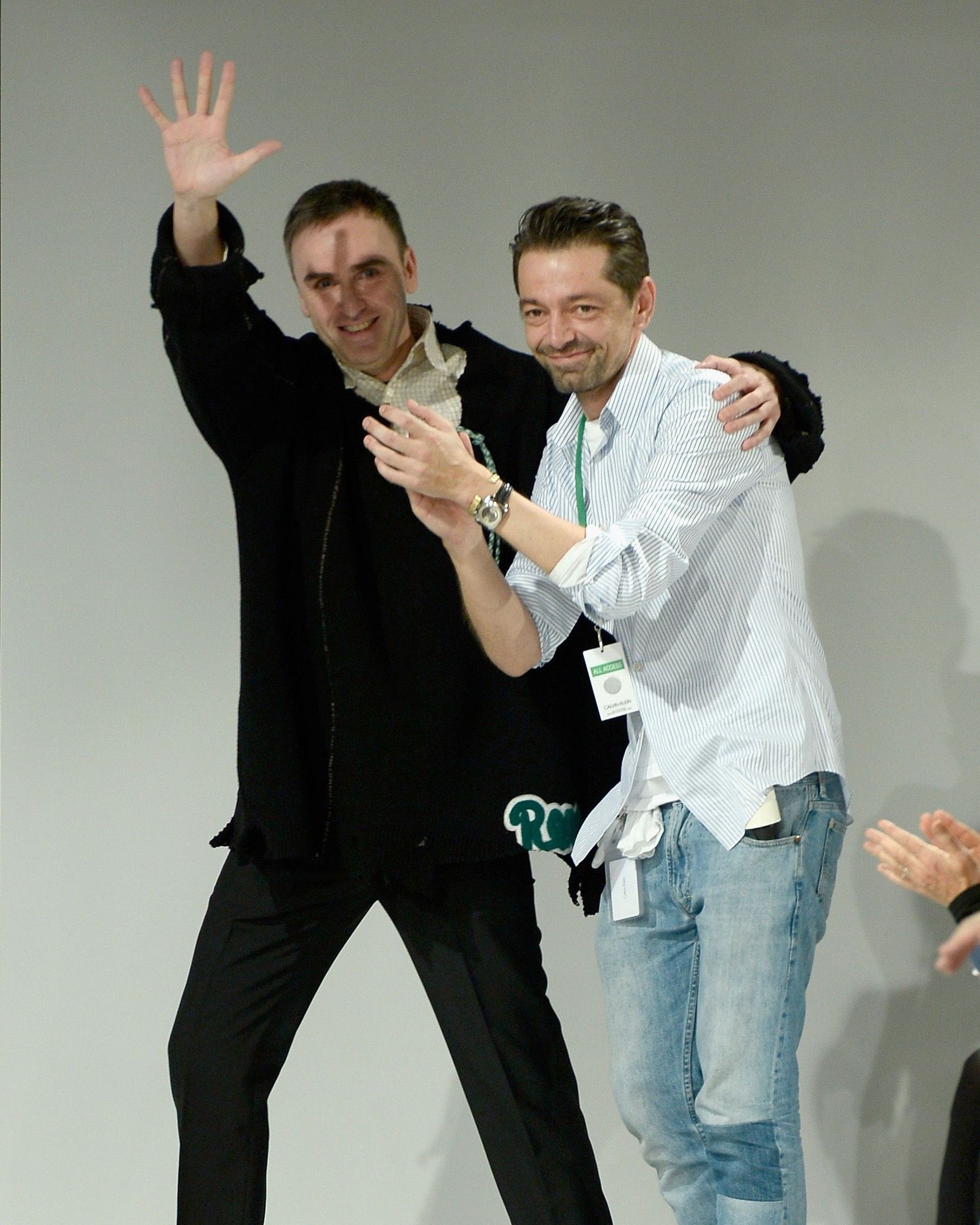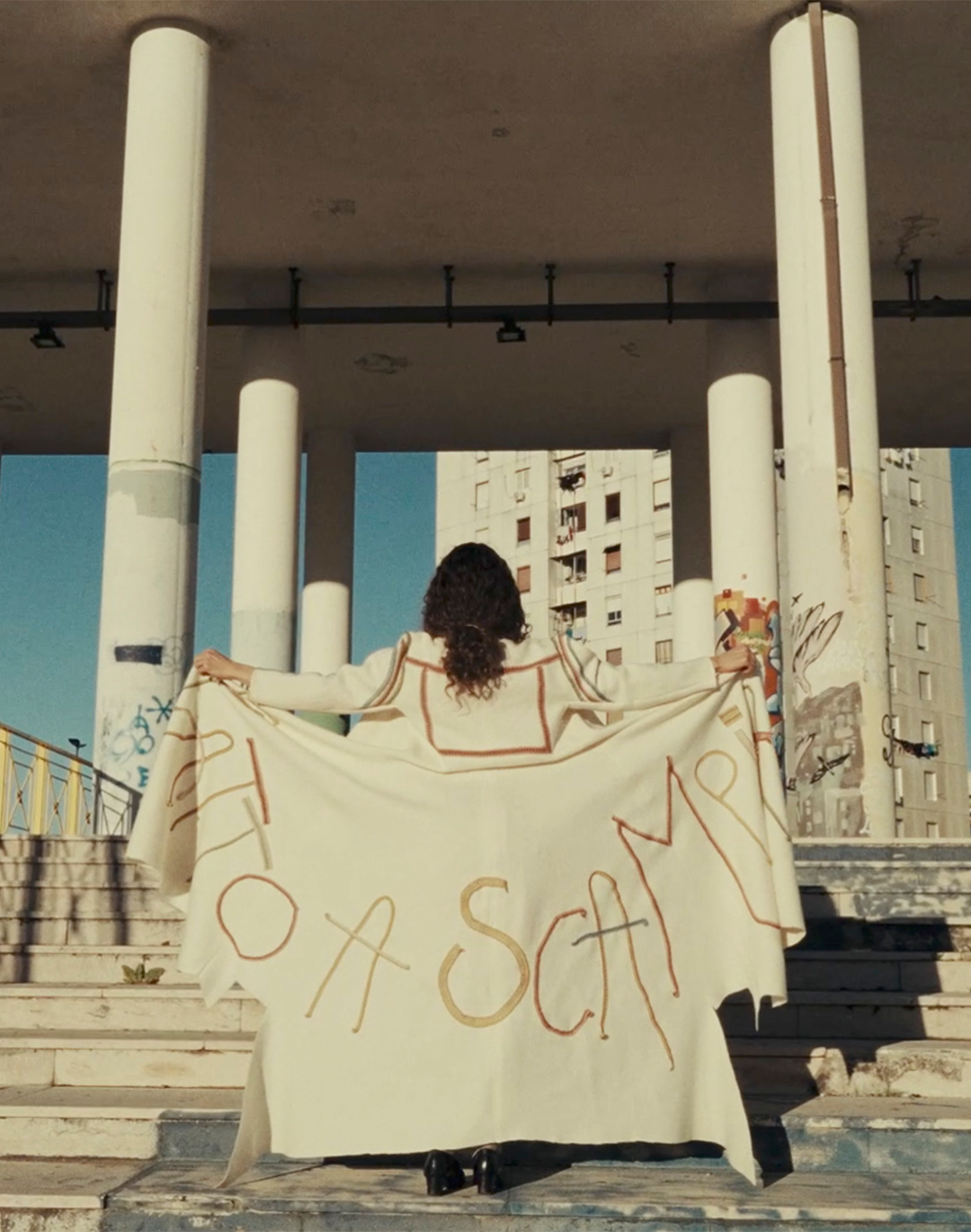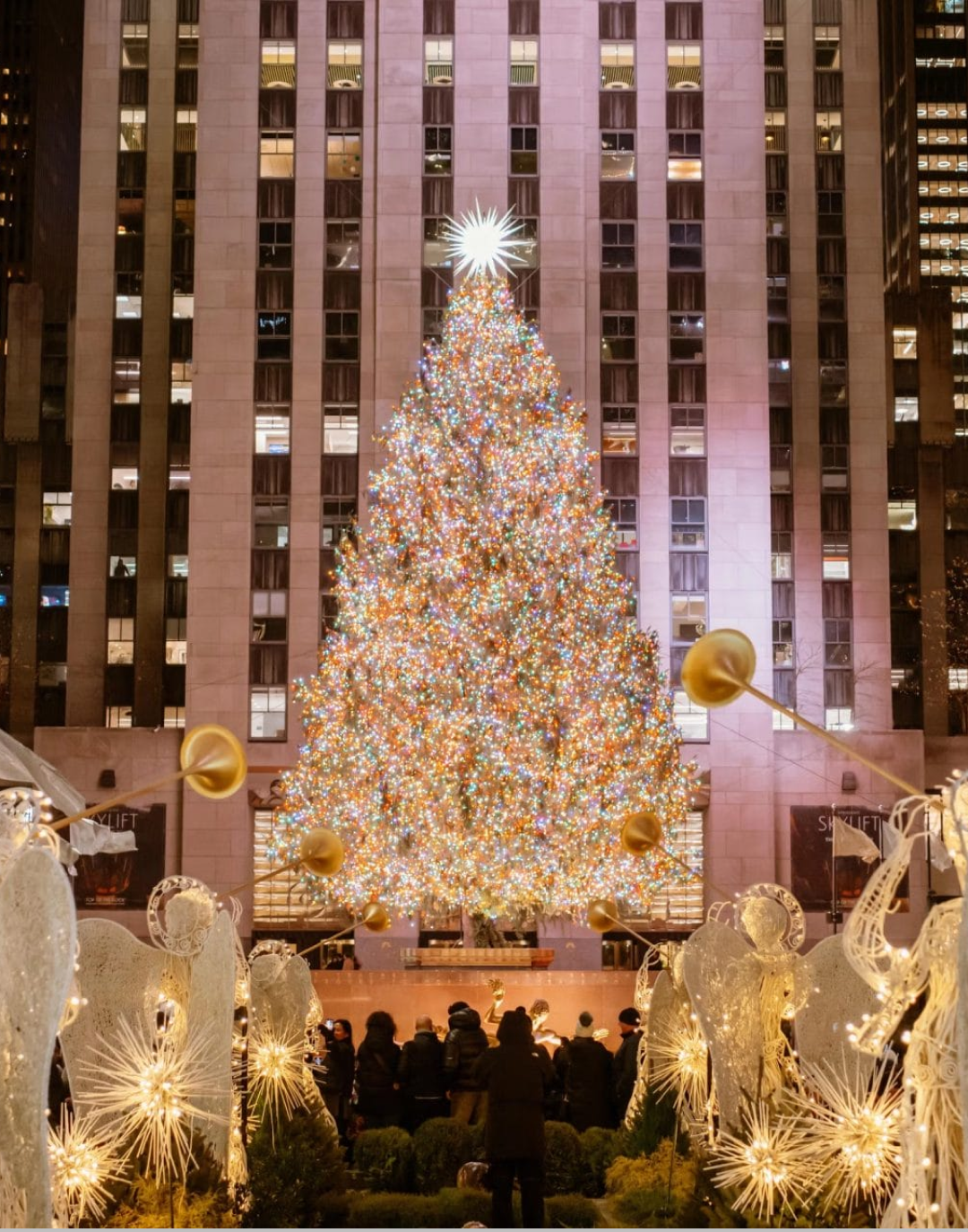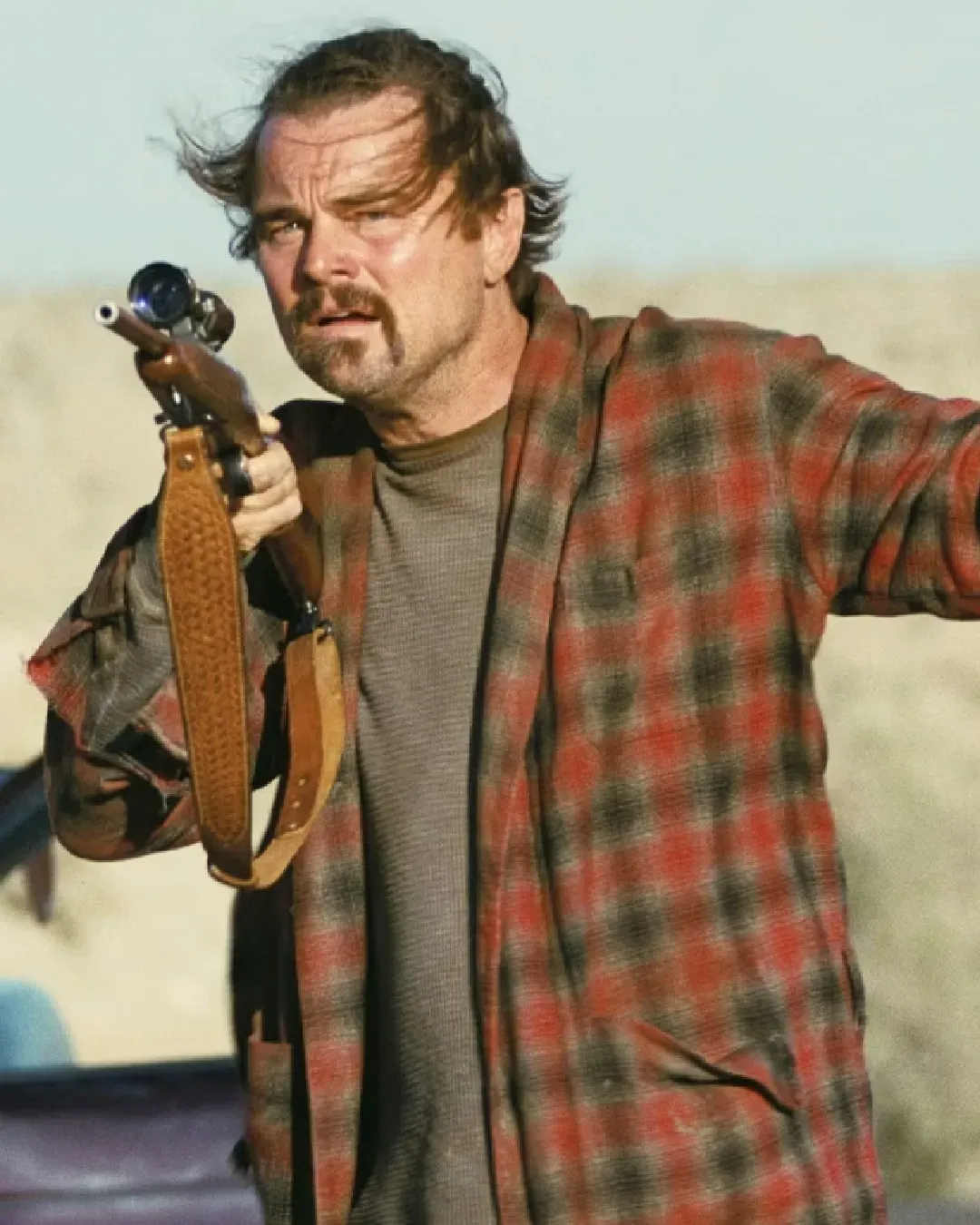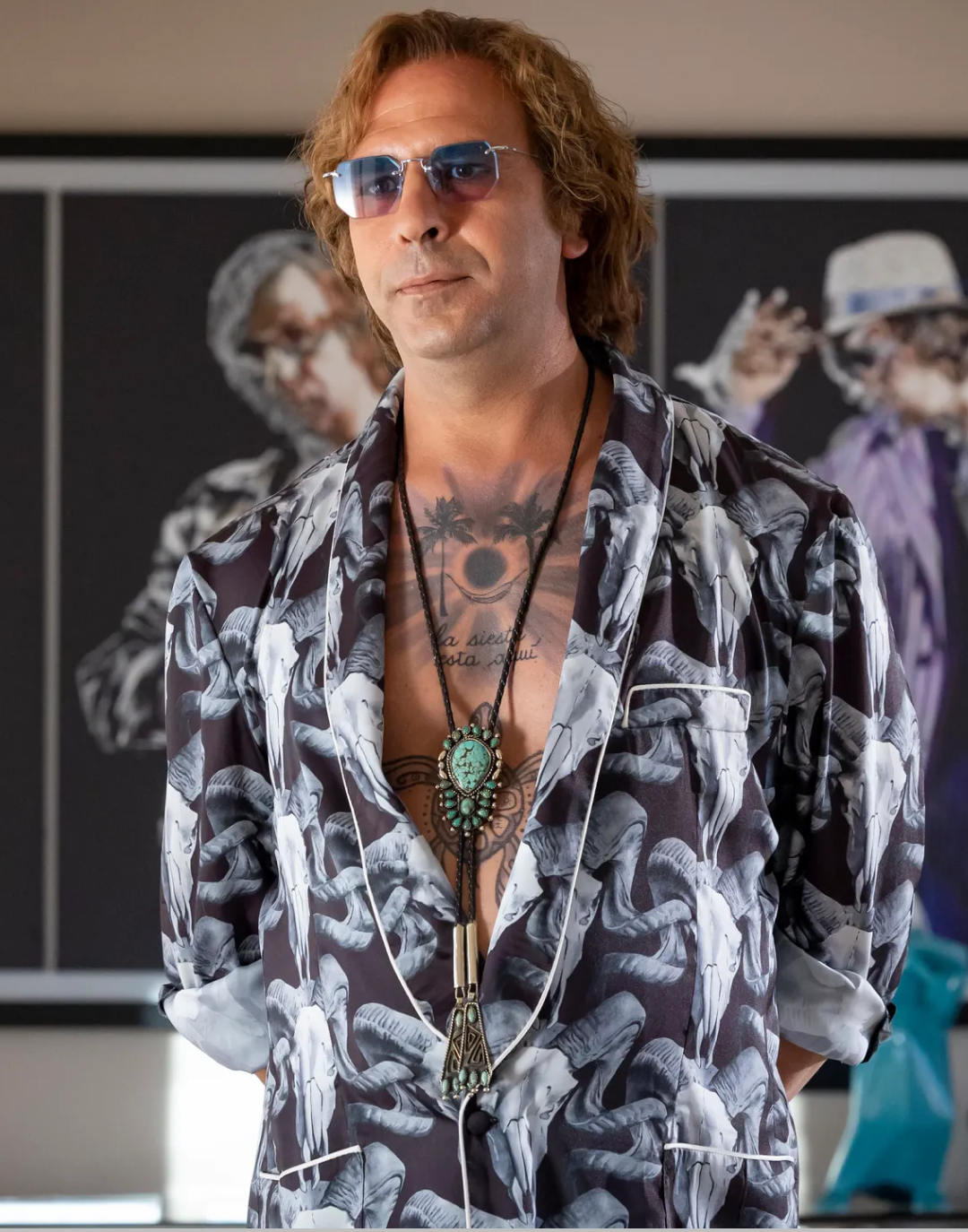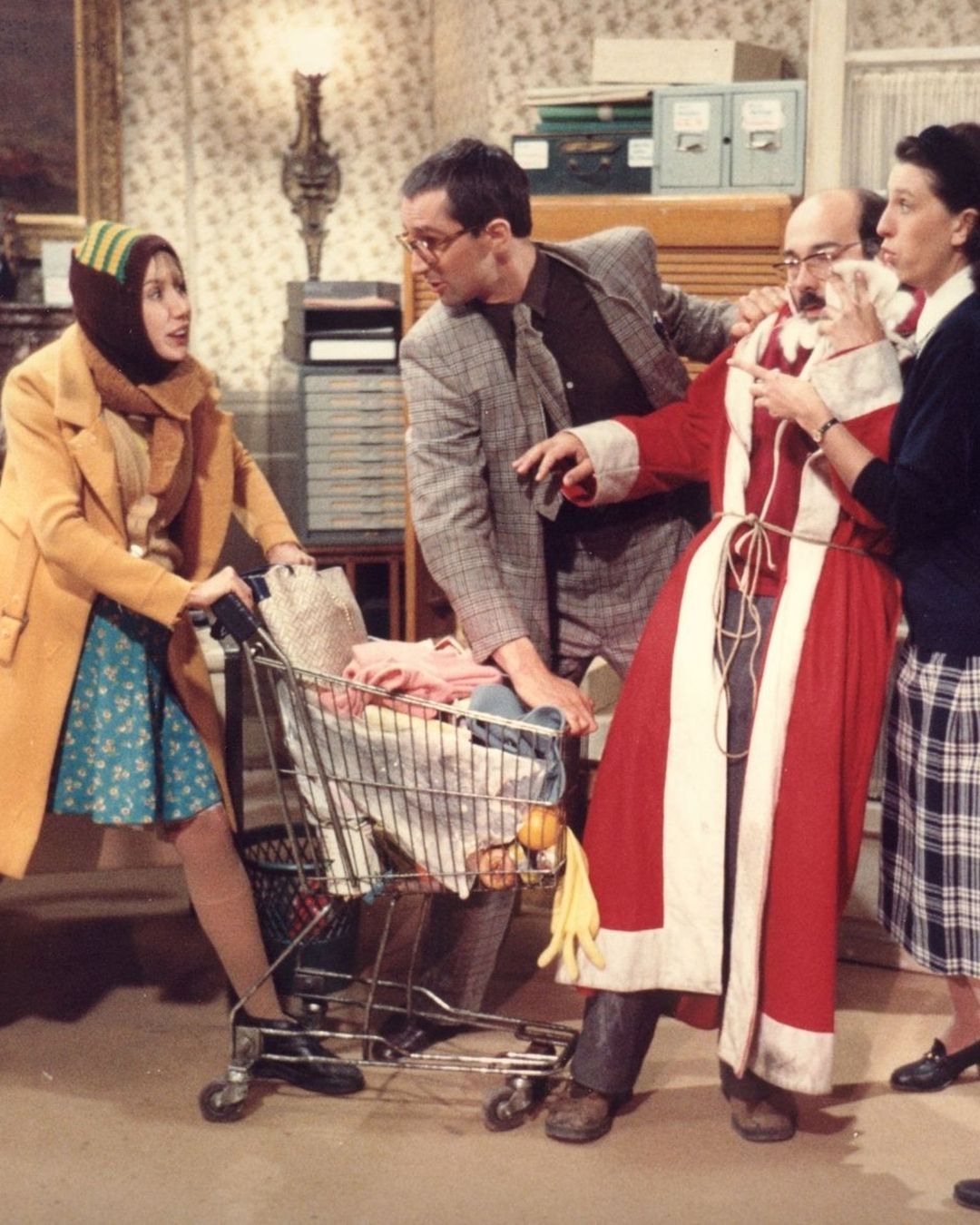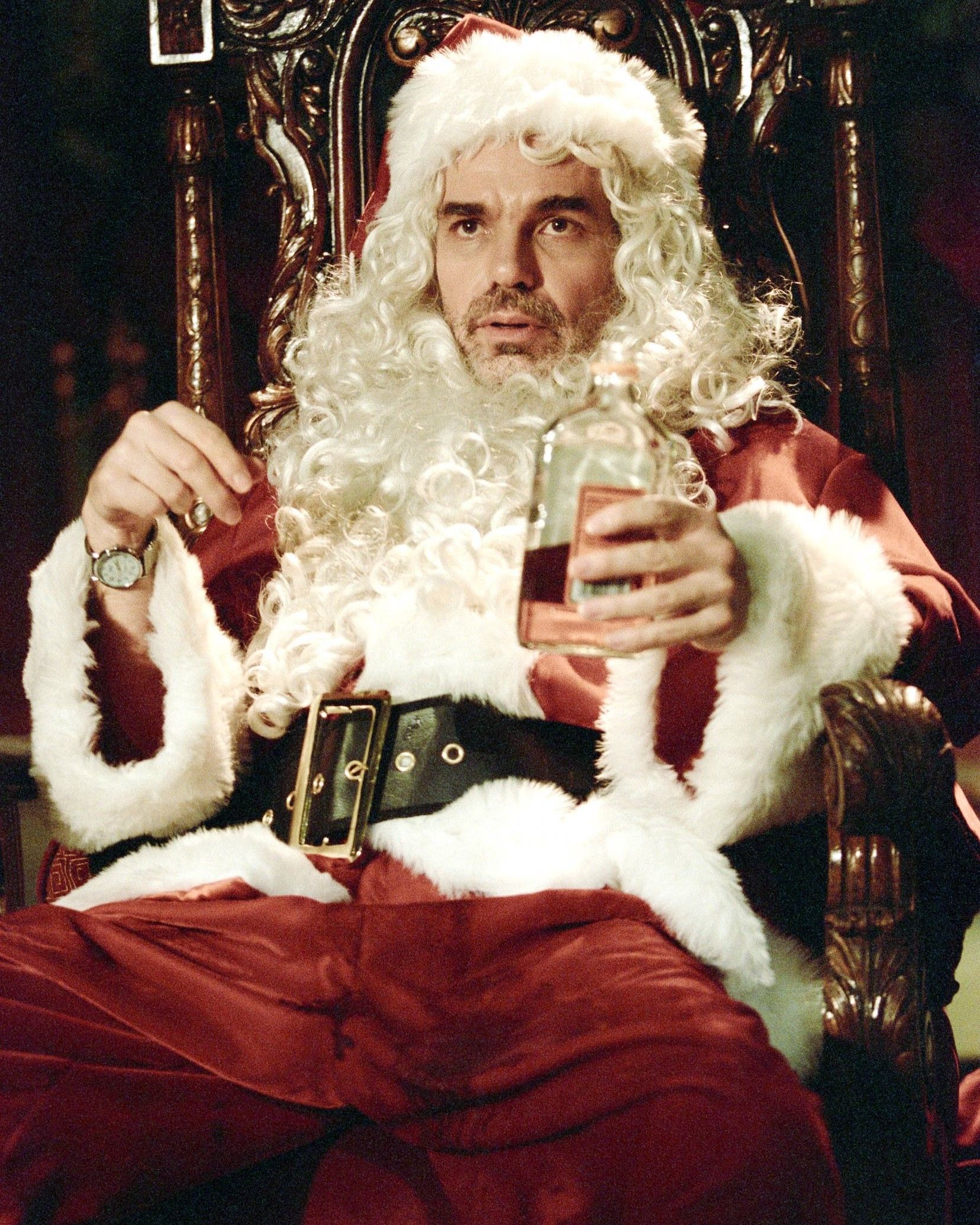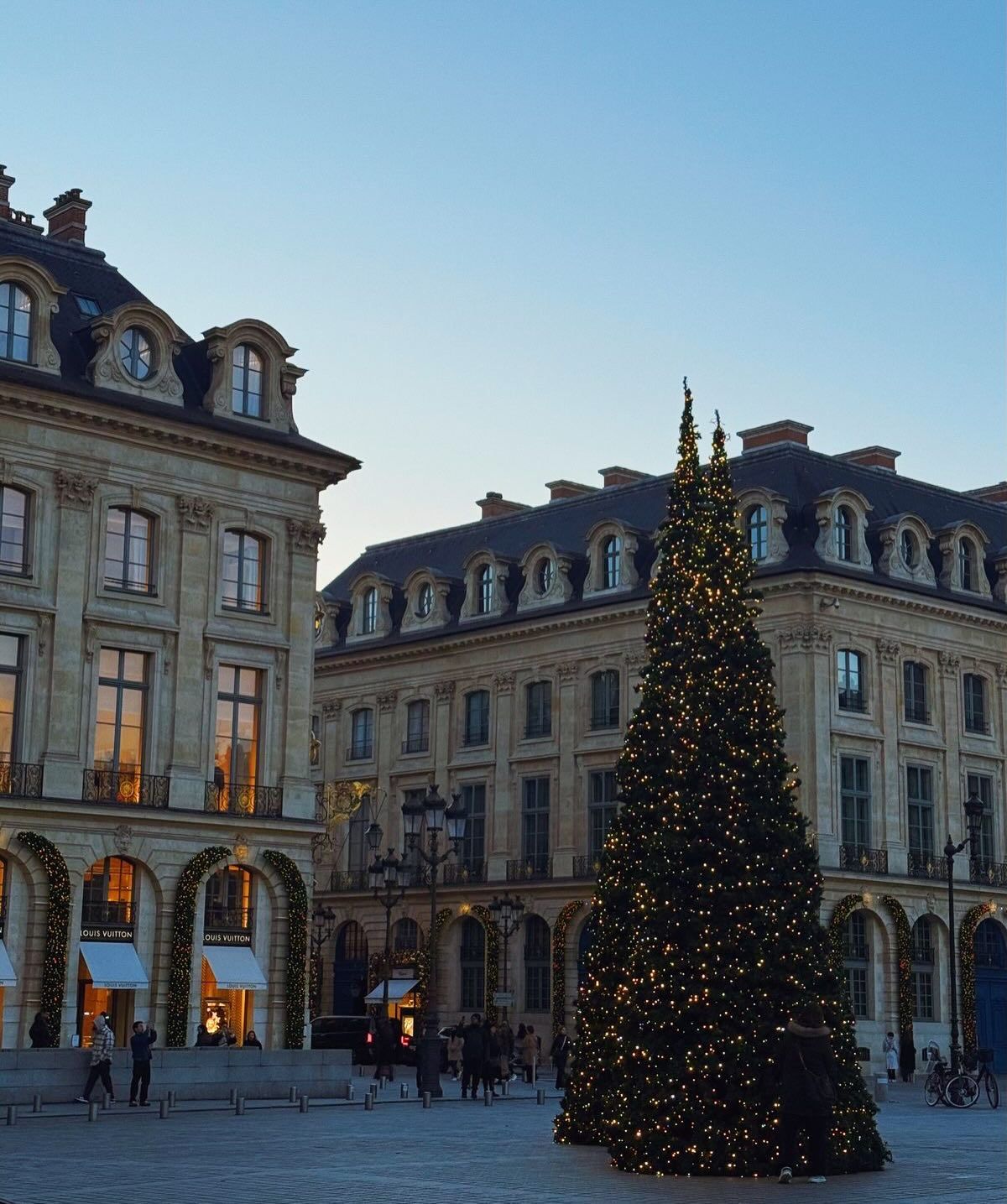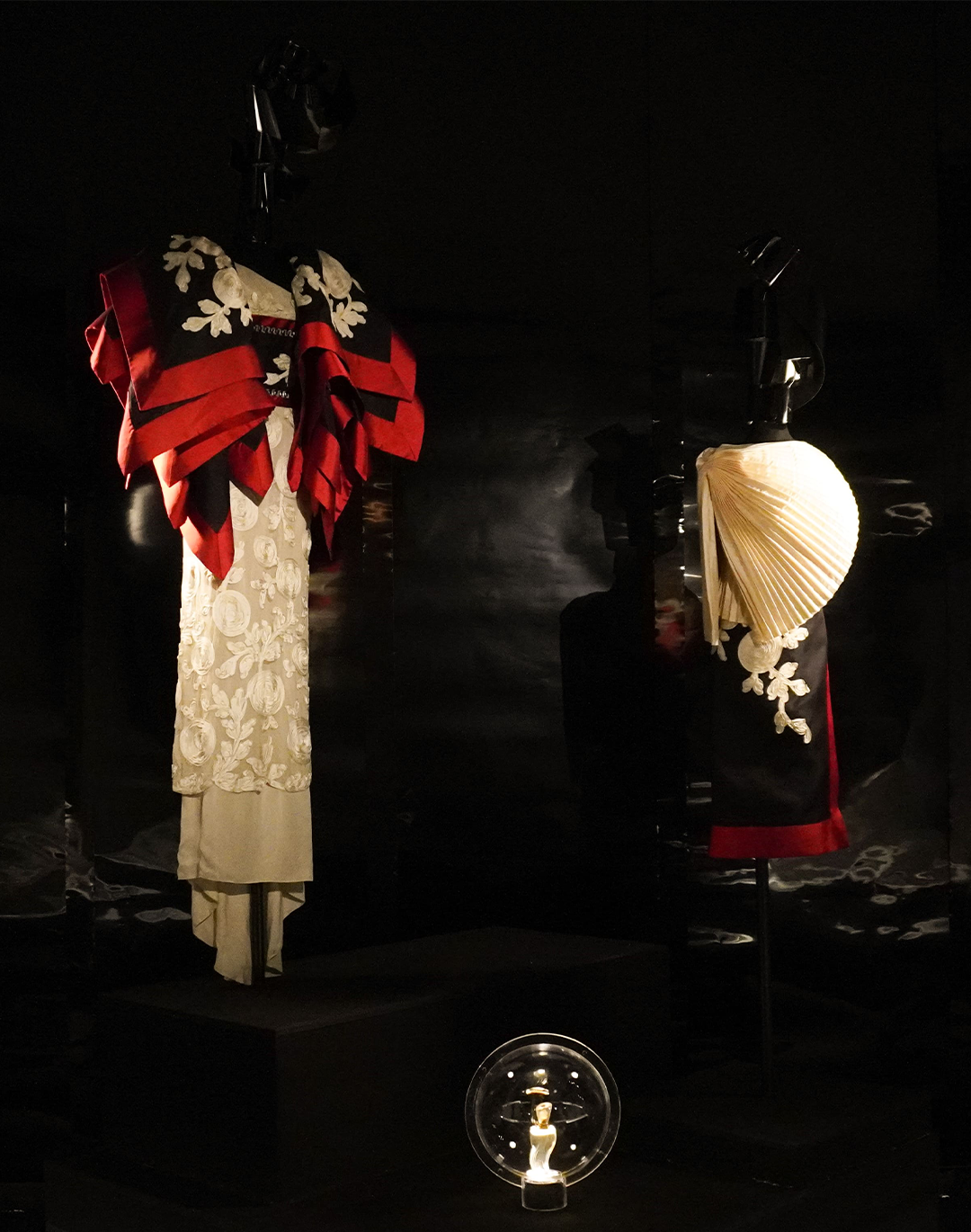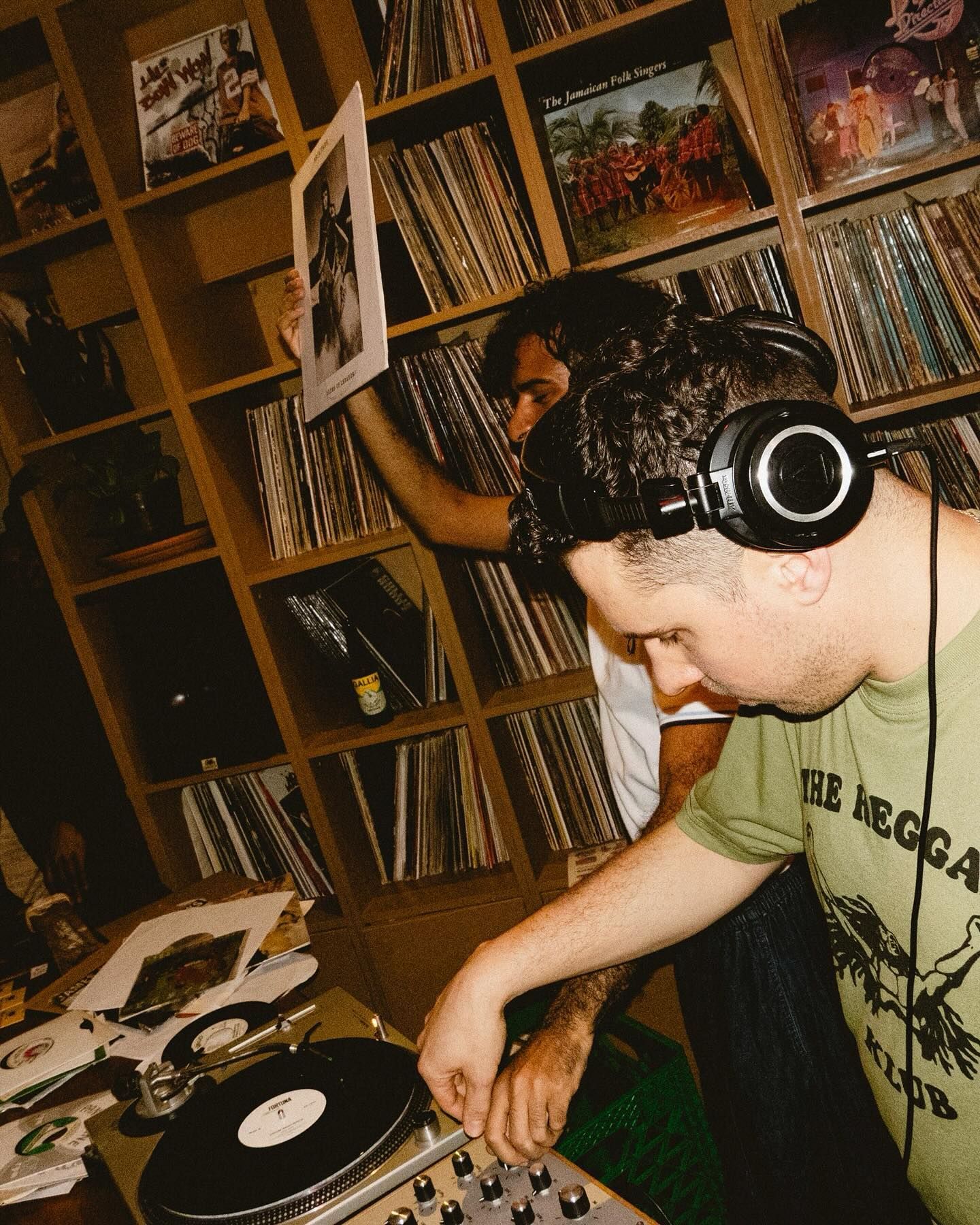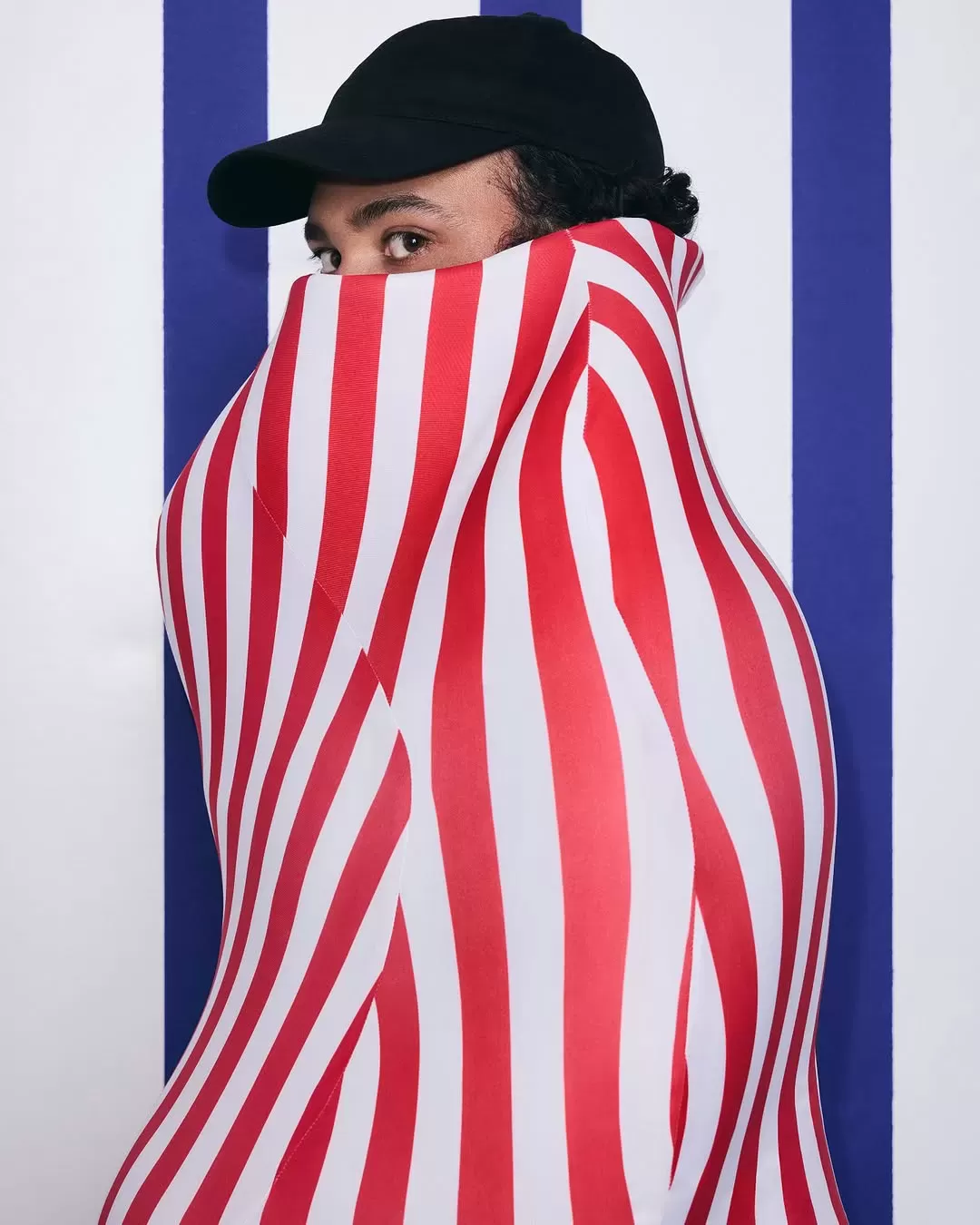
Is Paris couture ready for the future? Here's what's happening, amid a financial crisis and changes to creative direction
Couture. A term that in French refers both to the act of assembling fabric pieces using needle and thread, and the idea of luxurious, exclusive, lavish fashion. Two notions that represent the ends of the same spectrum—that of fashion—which can carry its protagonists in the blink of an eye from modest creation to the heights of couture: the eminent, grand haute couture. Reserved or sometimes friendly, opulent or discreet, it is like a woman with a stern gaze sitting outside a venue, cigarette lit and a glass of wine elegantly resting in the palm of her hand: it is Paris. Whether the name is pronounced with an English or Italian accent, couture is written in French everywhere, and merely mentioning it transports the listener to a single reality: that of the French capital. The beating heart of haute couture, a fertile ground for fashion, Paris has offered its creatives the unique opportunity to shine in every form, every color, and every seam since the 19th century. Loyal, devoted, and solid in its foundations. But as the Paris Haute Couture FW26 week approaches, this branch of fashion holds its breath and remains in suspense. This year, couture is being renewed, undergoing a transformation that starts not just on the surface but from the core: Chanel, Dior, Jean Paul Gaultier, Balenciaga, and Maison Margiela are each welcoming new creative directors. Even if their debuts are still to come, only Dior, Balenciaga, and Margiela will present their new couture this July.
It is a critical moment and changes are urgent for Paris, which finds itself torn between innovation and nostalgia. The restart of the five pillars of French couture is more than necessary—not just in terms of design and creative proposals, but especially in business terms, as fashion as a whole is facing a deep crisis. Amid the withdrawal of Chinese consumers, the introduction of customs duties in the United States, general economic uncertainties, and radical geopolitical and cultural changes, fashion and couture are no longer a priority for the public. The figures of major luxury groups—such as LVMH, now experiencing a revenue crisis—attest to this, having gone from untouchable giants to victims of economic uncertainty that spares no one. Not even couture names like Balenciaga, owned by Kering, which has been struggling and selling less for four years. The fashion industry is uncertain, and haute couture is not immune. If it’s loved for its exclusivity and craftsmanship, it's also criticized for the same reasons: high costs, a limited clientele, narrow engagement, reduced sales. The Very Important Clients, who spend over €50,000 a year on luxury goods, represent on average 30% of brand revenues and are vital to win over. Their weight has doubled in a decade, and losing just a few can collapse the fragile house of luxury. It is therefore time for French haute couture to step up efforts to attract their attention, finding the right balance between accessibility strategies, respect for the Maison’s DNA, creatives at the helm, and the tacit and explicit rules governing its creation. But how?
Chanel
The pressure on Chanel is intense: despite its resilience during the luxury crisis, it now faces a drastic sales drop—the first in five years. If Virginie Viard’s Chanel did not convince, it at least sold. One of the most powerful institutions in couture reported revenues of $18.7 billion in 2024, down 4.3% at constant exchange rates, and operating profit fell from $6.4 to $4.5 billion—a 30% loss. Although Bruno Pavlovsky, president of fashion activities, claims to be confident about the future, the numbers speak. It’s time for Matthieu Blazy to steer the ship back on course. Expectations are high, the challenge immense, but Blazy’s ability to rewrite the rules is already proven thanks to his marketing, modern vision, media presence, and creations that merge creativity, savoir-faire, and heritage. Under Blazy, just before his departure, Bottega Veneta was the only Kering Maison to grow in Q3 2024, reaching €397 million (+4% reported and +5% like-for-like). Blazy’s first collection for Chanel, due in October, will be a refined prêt-à-porter line with pearl necklaces, but will say a lot about what the Belgian designer has in store for the Maison’s haute couture—and especially for its sales.
Dior
Dior’s couture beginnings were masterful. From the 1947 New Look to successor Yves Saint Laurent, and the spectacular creations of John Galliano in the late ‘90s, Dior’s couture heritage is remarkable. A heritage that still has much to offer—if clients give it the attention it deserves. As the creative directorship passes from Maria Grazia Chiuri to Jonathan Anderson, who presents his first Dior collection next Thursday, expectations are high. Even though Dior’s 2024 sales reached €84.7 billion despite the unfavorable context, the institution faces crisis. Between price hikes that upset customers—leading to a general decline in trust and store traffic—and bad press due to alleged illegal labor use in Italy, 2025 started poorly for the New Look Maison. Expectations are high for newcomer Jonathan Anderson, who will lead both Dior Men and womenswear. From Loewe, which he led for eleven years, the designer boosted revenue and popularity, pushing the Maison past €1.5 billion—quadrupling revenues in ten years. In 2024, Loewe was the most desired brand according to Lyst, thanks to a whimsical, fairytale narrative reminiscent of Dior and its floral muses. The only concern is Anderson’s packed agenda: couture, men’s and women’s prêt-à-porter, Uniqlo capsules, and his own JW Anderson brand. Let’s hope the upcoming July couture collection doesn’t get overlooked.
Balenciaga
Sometimes, to leap into the future, a slight return to the past is essential. Only by going back to its roots can Balenciaga’s couture bloom again. A concept the Spanish Maison’s teams fully embraced by appointing Pier Paolo Piccioli, a recognized master of haute couture, as creative director. This isn’t sportswear—it’s deeply couture. With Piccioli’s appointment, Balenciaga clearly signals a course change. It seeks to reconnect with its once-loving audience, leave behind the underground, and return to the heights of what can no longer be called “high society.” It aims to be the Maison that once dressed Spain’s queens for their weddings, releasing a piece only after the couturier ensured thirty times over that not even a single transparent thread stuck out. Piccioli’s couture is already shaping up to be a tribute to Monsieur Balenciaga and the storied Maison he so carefully built. A tribute that, hopefully, will be enough to touch buyers’ hearts and lift the Maison’s plummeting sales. Both Balenciaga and its parent group are in trouble. The group reported declines across all regions, and Balenciaga posted an 11% drop in Q1 2025. Even creatively, the Maison is now a shadow of its former self. It’s time for Piccioli, with his colors, feathers, and volumes, to lift not only the Maison’s popularity but its entire image. While Demna managed to merge couture and subculture, Piccioli addresses a very different audience: one that not only admires couture but, more importantly, buys it.
Maison Margiela
If John Galliano’s early departure—the couture alchemist at Maison Margiela—last December was painful, the arrival of Glenn Martens as the new creative director and his upcoming couture debut in July only stirs anticipation. It will undoubtedly be difficult to follow Galliano, who was more than a couturier—he was an artist, wielding needle and thread with staggering creativity and showmanship. His farewell collection, the Maison Artisanal by Margiela show during January 2024’s couture week in Paris, will be remembered as one of the best couture collections in years. The Maison saw a 4.6% growth in 2024 at constant exchange rates, partly due to that viral show. Martens faces a tough task, given Galliano’s high bar. But with his neo-futuristic style, mastery of trompe-l'œil, innovative materials, and drive to deconstruct to better reconstruct, Margiela’s couture strength won’t lie in the past—but in the future. Unlike Balenciaga—shifting from an underground designer to one with a more classical fashion vision—Margiela says goodbye to a ‘90s couture pillar to welcome a young, innovative talent unafraid of textile experiments and who speaks directly to new generations. While carrying the Maison’s past and heritage, Martens’ true creative power will come from his forward-looking vision, which he’s had since the start of his career.
Jean Paul Gaultier
Fresh off a highly visible period of media attention and accolades—from winning the Woolmark Prize to the success of his latest collection for his namesake brand shown in Paris last March—Duran Lantink has entered a virtuous cycle. A positive energy that promises to bring a breath of fresh air to the Jean Paul Gaultier Maison, which in recent years has relied on a guest designer collaboration project that captivated insiders and media alike. Lantink’s arrival, surely preserving the Enfant Terrible’s ironic and political spirit, bodes well for the Maison. Between his 2023 participation in the Andam Prize, the 2024 Karl Lagerfeld Prize win at the LVMH Awards, and the recent April Woolmark Prize, Lantink has seized key opportunities to stand out. His bold design approach, but especially his use of upcycled materials, exploration of the body and its forms, are elements that truly make a difference in 2025—and will undoubtedly bring Gaultier an innovative and noteworthy touch. Liberty, equality, eccentricity: this defines the future of couture behind the doors of the Enfant Terrible’s Maison.
Paris and its couture are thus at a crossroads, where taking the wrong path could prove fatal. It must choose wisely and strategically whether to take refuge in the certainties of the past or embrace the uncertainties of the future. For now, the fashion capital has no choice but to bet on new faces, trust young designers, and believe in those who, though not yet proven in couture, already promise to offer Paris’ creative scene a fresh and necessary beginning. Parisian couture is rich, refined, beautiful, and seductive. But it’s crucial to understand that the time has come to rekindle dialogue with its audience—especially with its clients. Rather than remaining confined in a superficial, somewhat self-referential sphere, French couture must look around, understand what’s happening, and use it to its advantage. It must reconnect with reality—not just the past, but the present as well. Who knows if the new wave of designers guiding its creation will truly be able to stitch it a prosperous future.


